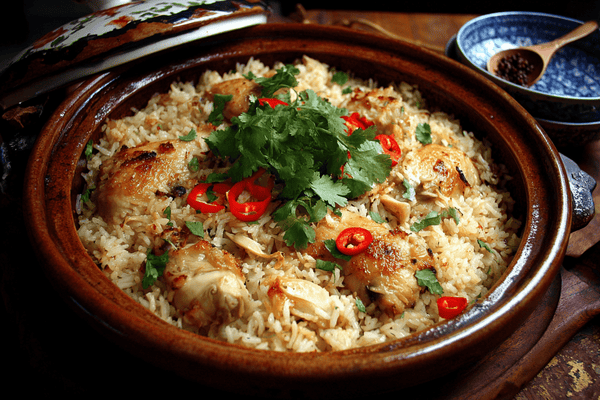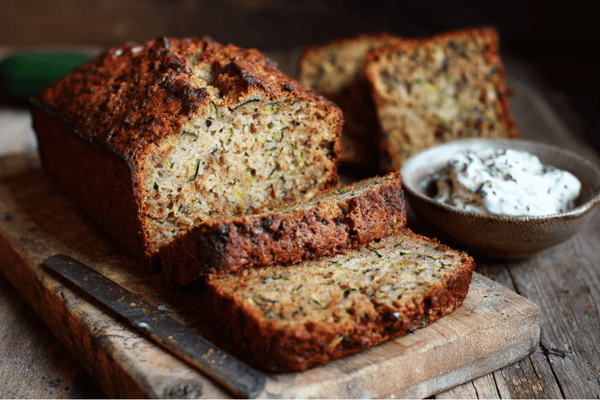 Buying a stainless steel chef knife can be a lot more complicated than people first imagine. While there are lots of things to think about in terms of knife quality, sharpness, durability etc, you must also consider which types of chef knives you will need in your kitchen.
Buying a stainless steel chef knife can be a lot more complicated than people first imagine. While there are lots of things to think about in terms of knife quality, sharpness, durability etc, you must also consider which types of chef knives you will need in your kitchen.There are lots to choose from and one thing that a lot of people think is that they can get away with just having one knife for all tasks. Some knives are pretty versatile and will do well for lots of different types of food such as the santoku knife or a good chef knife. But it’s always better to have a selection to ensure that each knife is perfectly suited to the task at hand.
So, this begs the question: do you need a vegetable knife and a meat knife or can you get away with just having one for both things?
Table of content
What Is a Vegetable Knife?
When you think about vegetable knives, you might think of one of two different types of blade. Paring knives are often thought of as the most common type of veggie knife but there are also Japanese knives with square tips that are used for chopping, dicing and slicing vegetables.
Paring Knife
 Let’s start with the paring knife. If you purchase almost any knife set, you’ll probably get a paring knife in it. These are small blades measuring no more than three to four inches. They’re ideal for more intricate tasks such as mincing herbs and peeling but they’ll also do a good job of cutting smaller veggies into chunks.
Let’s start with the paring knife. If you purchase almost any knife set, you’ll probably get a paring knife in it. These are small blades measuring no more than three to four inches. They’re ideal for more intricate tasks such as mincing herbs and peeling but they’ll also do a good job of cutting smaller veggies into chunks.
Japanese Vegetable Knives
 Two main Japanese kitchen knives are used for cutting vegetables and they’re very similar in design. These are the nakiri bocho and the usuba bocho. The only real difference between the two is that nakiri knives are a double-beveled knife while usuba knives are a single-bevel Japanese vegetable knife.
Two main Japanese kitchen knives are used for cutting vegetables and they’re very similar in design. These are the nakiri bocho and the usuba bocho. The only real difference between the two is that nakiri knives are a double-beveled knife while usuba knives are a single-bevel Japanese vegetable knife.Does this make a difference when cutting? Well, yes it does. With a single bevel blade, you are able to achieve a much sharper and thinner edge which allows for greater precision. This is excellent when you’re working at more detailed cutting tasks.
Both of these knives have a straight blade so they are perfect for slicing and do not move horizontally when slicing on the cutting board. However, it is widely accepted that using the usuba bocho takes a little more skill and practice. Plus this is the heavier of the two knives.
What Is a Meat Knife?
Meat has a very different texture to vegetables so it goes without saying that when preparing meat, you’ll need a different type of blade. While many different types of knives are designed for cutting meat, we are going to focus on the butcher knife as this is one of the most versatile.However, if you need something for specific tasks like boning or filleting, you will need a specialist knife such as a boning knife to get the job done quickly and efficiently and with as little wastage as possible.
The Butcher Knife
 A lot of people think that the butcher’s knife is the same as a chef’s knife but this is not the case. The chef’s knife is a more general tool whereas a butcher’s knife is designed primarily for chopping, slicing and dicing meats.
A lot of people think that the butcher’s knife is the same as a chef’s knife but this is not the case. The chef’s knife is a more general tool whereas a butcher’s knife is designed primarily for chopping, slicing and dicing meats.These are specialty knives with a long curved blade - perfect for creating smooth slices. Moreover, the shape of the blade makes it much easier for you to get around awkward or tight spots such as around skin and bones.
One of the best things about the butcher’s knife is that it’s an incredibly durable piece of equipment. It’s almost always made from heavy-duty carbon steel so it’s up for a lot of tasks. That said, don’t ever try to use your butcher’s knife or carving knife for cutting through bone as this will dull and damage the blade. For this, you will need something like a cleaver.
So, Do I Need More Than One Knife for Cutting Vegetables and Meat?
 A kitchen is a versatile place. One minute you might be carving a juicy whole chicken and the next you may be finely slicing herbs to make pesto. It doesn’t take Gino D’Acampo to tell you that these are vastly different tasks. So one would automatically assume that you’ll need different equipment.
A kitchen is a versatile place. One minute you might be carving a juicy whole chicken and the next you may be finely slicing herbs to make pesto. It doesn’t take Gino D’Acampo to tell you that these are vastly different tasks. So one would automatically assume that you’ll need different equipment.Each type of knife is perfectly designed for its purpose. As we mentioned, butcher’s knives are designed with a curved blade that makes getting around the bones and skin much easier. What’s more, the curved edge is perfect for slicing. But you couldn’t use this as easily to perform intricate cutting or for slicing vegetables.
The razor-sharp, curved blade wouldn’t be as efficient as the straight edge of the nakiri knife, for example. What’s more, if you are doing more intricate work, a huge butcher knife isn’t going to give you the same level of control as a small paring knife.
After all, you wouldn’t use a toothbrush to clean your car so why would you use a vegetable knife to cut meat and vice versa?
Final Thoughts
When you’re working in the kitchen, you’re going to need a diverse range of equipment to make sure that every task is made easy. What’s more, if you aren’t using suitable knives for the food you’re working with, this can be unsafe.While home cooks don’t necessarily need a knife arsenal to rival the professional chef of a Michelin-starred restaurant, they’ll at least need a good meat knife and a versatile knife for preparing vegetables. For meat, you’ll use a butcher’s knife although there are other knives such as boning knives and cleavers that are good for meat too. If you’re cutting veggies then go for something like a paring knife or an usuba bocho.


